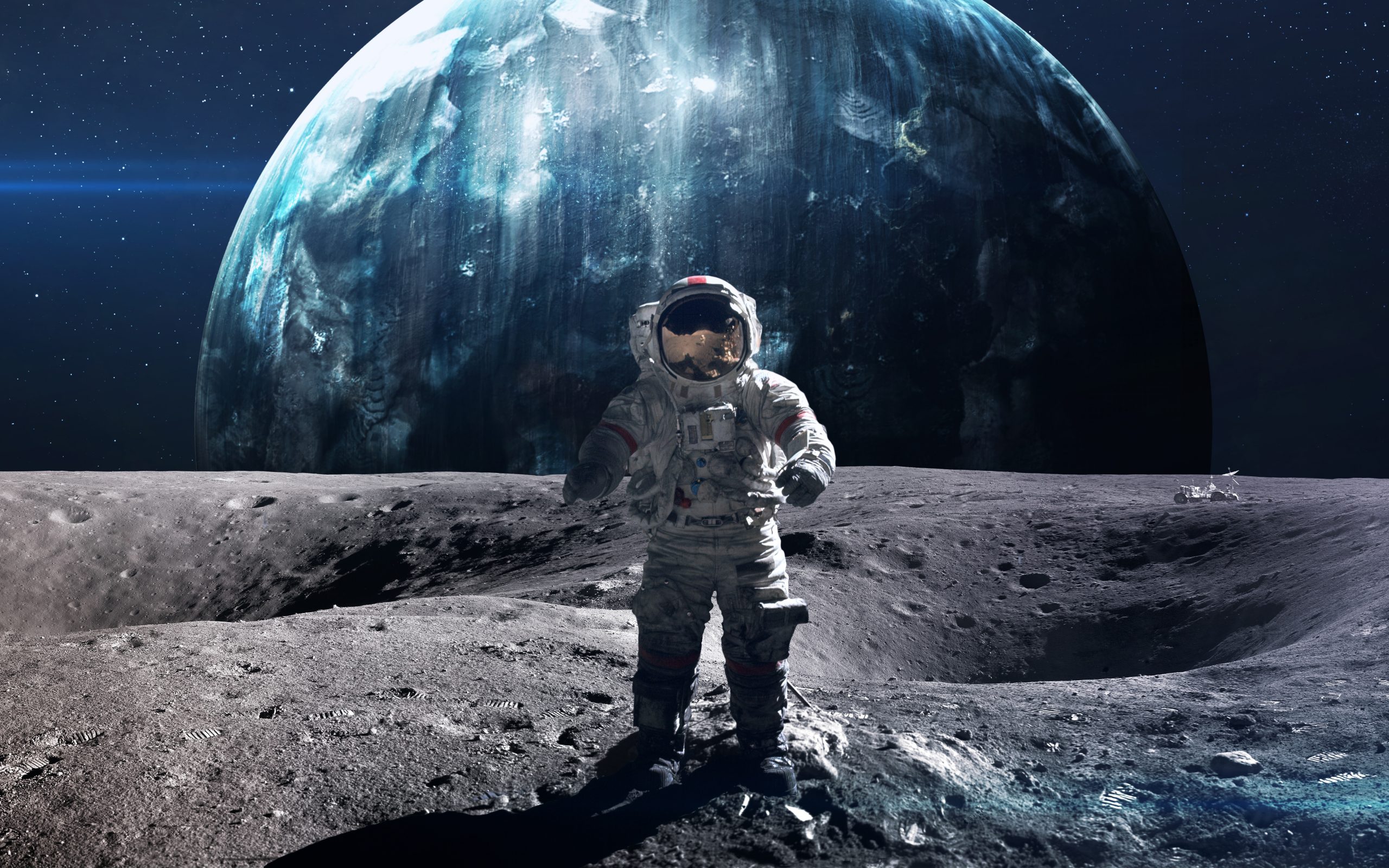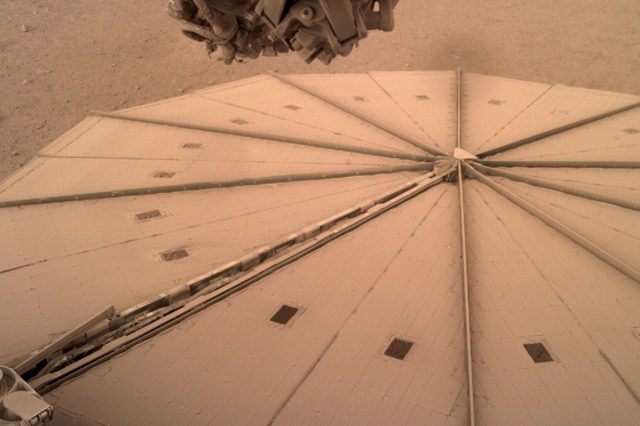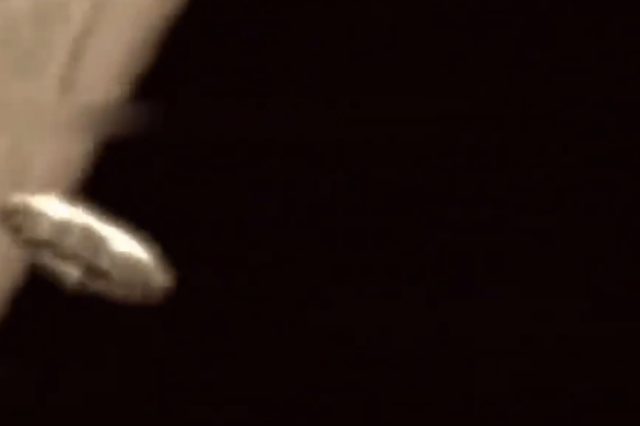Did you know that the remnants of an ancient planet are buried deep within the Moon?
Although we have successfully landed on the Moon and explored its surface the best way possible, the Moon, its origin, and history remain a profound enigma to humans.
We know it’s not made of cheese. The ancient Greeks began understanding the Moon’s properties before anyone else.
A Pre-Socratic Greek philosopher called Anaxagoras first discovered that Earth’s Moon did not shine its light but was light reflected from the Sun.
Another greek scholar called Aristarchus was the man who managed to measure the relative distance between the Sun and the Moon and realized that the Sun is located at a greater distance from Earth than the Moon.
The following centuries saw experts study the Moon in greater detail, and with the refracting telescope in function, early astronomers were intrigued by what they managed to see.
Then, as time moved and technology advanced, we sent space probes to the Moon and eventually went to space, landed astronauts on the Moon, and returned to Earth, evidence of humankind’s greatest journey to date.
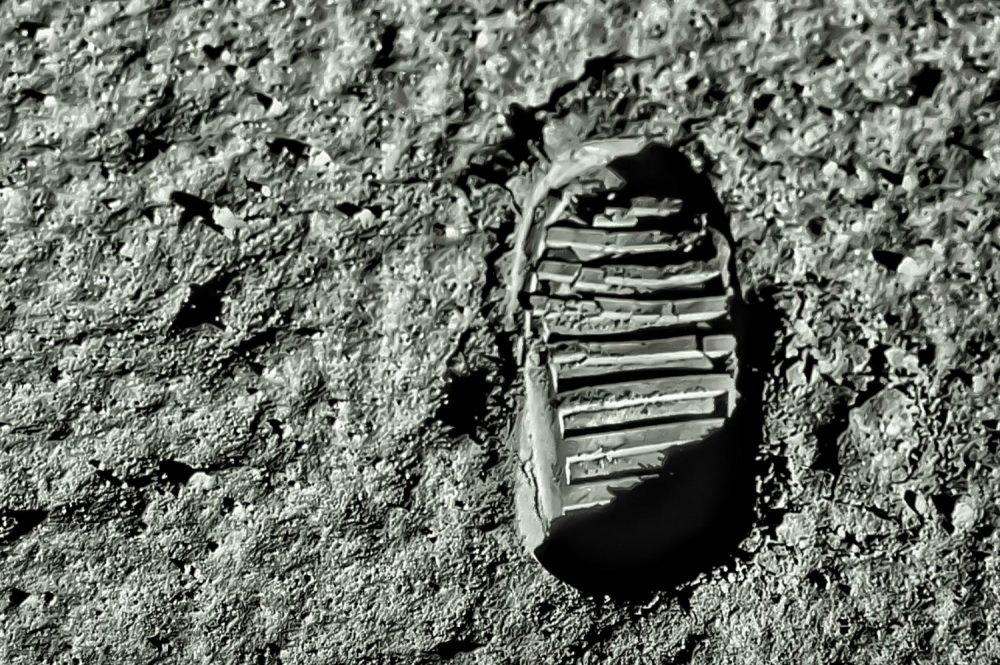
But despite this, the Moon is packed with mysteries.
We still have no clue how the Moon formed
The greatest Moon mystery is surely related to its origin. The most acknowledged theory argues that the Moon came into existence after a massive planet collided with a young Earth around 4.5 billion years ago. AS the two bodies crashed, the material got ejected into space. It eventually accumulated, condensed, and formed the Moon.
But that’s just a theory, and we still don’t know the Moon’s exact origin.
Distinctive layers
It is argued that the Moon has at least three distinct layers of rock. Heavier rocks of the Moon are found on the surface. Edgar Mithell admitted that because heavier materials are located on the surface, there was a possibility that the Moon had gigantic cavers leading inside the Moon.
Rust?
Apollo 16 astronauts are said to have discovered rocks containing pieces of rusty iron on the Moon. Oxidation needs oxygen and free hydrogen, and the rust tells us that there should be water somewhere on the Moon.
Wind and Water
We’ve been on the Moon six times. And during the moon missions, we left a collection of stuff on the surface. While most of it is trash, the astronauts left some scientific instruments that have remained functioning ever since. For example, in 1971, one of the instruments left by Apollo mission astronauts (near the Apolo 14 landing site) registered wind containing traces of water sweeping across the lunar surface.
Water’ found to jump’ around the Moon
A recent study found that water on the Moon’s surface hops across its surface as the Moon warms and cools throughout the day. This was discovered by NASA’s Lunar Reconnaissance Orbiter, which has been studying the Moon since 2009.
There’s a paper titled “Is the Moon the Creation of Alien Intelligence?”
This is not a conspiracy, but the tile of a study published in the 1970s by two scientists from the Soviet Academy of Sciences. Mikhail Vasin and Alexander Scherbakov write in their article:
“If we abandon the traditional paths of ‘common sense,’ we have plunged into what may, at first sight, seem to be unbridled and irresponsible fantasy. But the more minutely we go into all the knowledge gathered by men about the Moon, the more we are convinced that there is not a single fact to rule out our hypothesis.”
The Moon rang like a bell, sort of
On November 20, 1969, when the Apollo 12 crew returned to their command ship, the lunar module ascent stage was sent down to crash into the Moon to produce an artificial moonquake.
The LM crashed into the Moon’s surface around 20 kilometers from the Apollo 12 landing site, where astronauts had installed ultra-sensitive seismic equipment. As the LM crashed into the Moon, the seismometers recorded something unexpected; Earth’s Moon reverberated like a bell for approximately an hour.
The vibration wave recorded by seismometers took almost eight minutes to reach a peak.
Is there Life on the Moon?
Officially speaking, we haven’t found evidence of alien life. But three are chances that microbes may exist on distant alien moons, Mars, but also the surface of our Moon. We aren’t speaking about little Moon men walking around, but primitive organisms somehow managed to hitchhike a ride to the Moon. The extreme lunar conditions in so-called lunar cold traps may have preserved organic substances similar to how Earth’s permafrost (like Siberia) has protected extinct animal species.
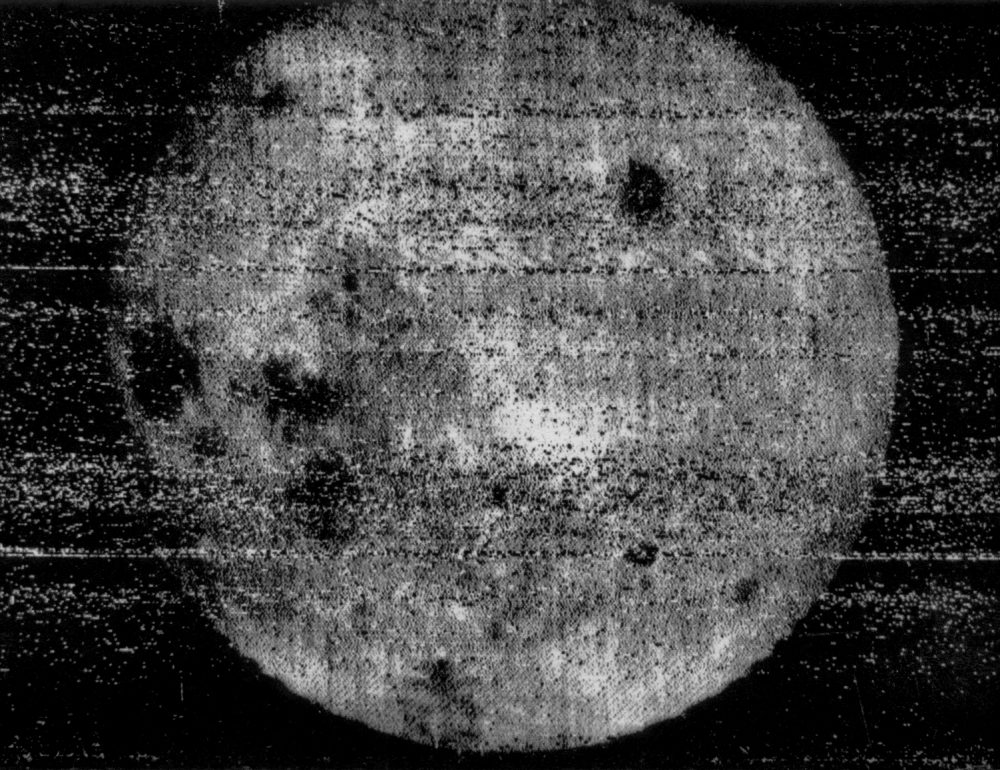
The Far Side of the Moon is different
The Moon’s Far Side, often incorrectly dubbed Dark Side, was revealed for the first time in 1959 when the Soviet spacecraft Luna 3 managed to get there. Humans observed the far side of the Moon for the first time when Apollo 8 orbited the Moon in 1968.
Although it didn’t find aliens running around, it did discover that the far side of the Moon was drastically different than the near side of the Moon. For example, on the Moon’s near side, there are massive impact craters and lunar seas (maria), leftover magma that arose from the ground, filling in the smaller crater. But the far side of the Moon is different; the far side has a battered, densely cratered appearance with fewer maria. According to researchers, only 1% of the surface of the Moon’s far side is covered by maria. In comparison, around 31% of the Moon’s near side is covered in Maria.
There’s a massive metallic structure beneath the largest Moon crater
The dense mass, whatever it may be, where ever it may have come from, is weighing the basin floor downward by more than half a mile, experts have revealed.
The massive structure is buried beneath the surface of the largest crater in the solar system, the Moon’s South Pole Aitken basin.
The Moon is ‘shrinking’
Officially, Earth’s Moon is shrinking. To explain why we turn to moonquakes. Just as our planet has earthquakes, the Moon has… you guessed it, moonquakes. These lunar quakes are the result of the Moon being tectonically active. These quakes are causing the Moon to contract.
NASA has found that the interior of the Moon is cooling down, causing its surface to contract. Like the Moon’s surface cracks, it produces cliffs called scarps.
1668, a UFO on the Moon?
No seriously.
In 1668, a guy watching to Moon observed the first UFO ‘on the moon.’ In 1668 a Colonial Preacher called Cotton Mather observed a strange shape on the Moon’s surface as he was observing the Moon. He recorded seeing a mysterious light flying on the surface of the Moon.
His report was archived in NASA archives. It can be accessed by visiting NASA’s Chronological Catalog of Reported Lunar Events.
Earth’s Moon, a small… Earth?
Scientists have proposed that the Moon may not be just a satellite but an actual ‘mini planet.’
A study from planetary scientist Kevin Righter of the Astromaterials Research and Exploration Science Division (ARES) at NASA’s Johnson Space Center in Houston proposes that the Moon may be more like our planet’s mini version. The researcher argues that the Moon may not be a combination of the young Earth and an object that allegedly impacted it but a smaller packed version of Earth itself.
There were plants and animals on the Moon
And fairly recently, we may add. China’s Chang’e-4 Mission became the first spacecraft to land on the far side of the Moon successfully. It was a massive step not only for China but for the entire human species. Before this, we never actually managed to land on the far side of the Moon, despite various attempts.
China made it happen, and the lander that touched down on the far side of the Moon carried among its numerous experiments plants and animals.
Scientists wanted to see how these living organisms would react to the Moon’s gravity and abrupt temperatures.
The lander carried a small laboratory home to seeds of potatoes and rockcress, a flowering plant related to cabbage and mustard. The miniature laboratory also carries silkworm eggs.
Weird size and a few mini-mysteries
The Moon is an exceptionally large-ish cosmic body relative to Earth. That’s strange. The Moon’s diameter is more than a quarter, and its mass is 1/81 of Earth’s.
The Moon also happens to be the largest in the entire Solar System relative to the size of its home planet. Furthermore, the Moon orbits our planet in a synchronous rotation. This means that the Moon always shows us only one of its sides, the near side.
Join the discussion and participate in awesome giveaways in our mobile Telegram group. Join Curiosmos on Telegram Today. t.me/Curiosmos

